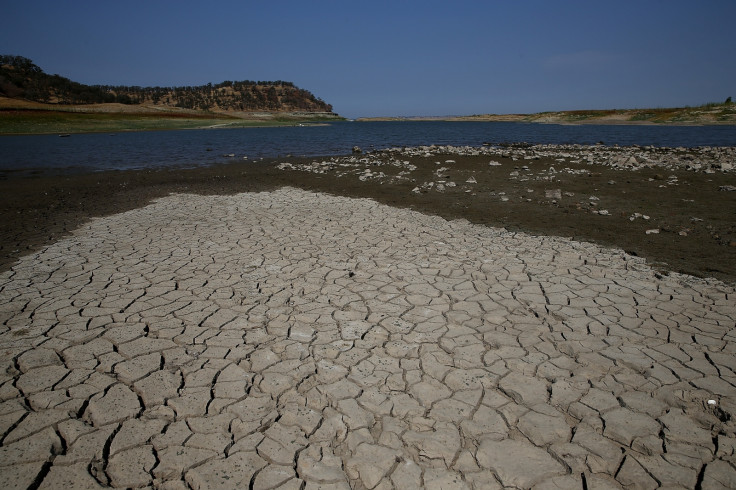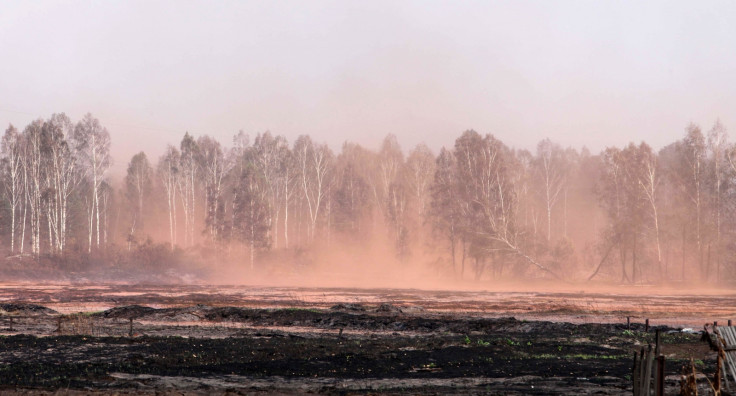Extreme Weather: Trapped Atmospheric Waves Will Increase World's Devastating Floods and Droughts

Scientists have discovered that trapped atmospheric waves are increasing weather extremes across the world, such as the current drought in California.
Climate researchers at the Postdam Institute for Climate Impact Research found that "blocking patterns", in which wet or hot weather remains in the same place over several weeks, have occurred twice as frequently across summers in the last ten years.
"The large number of recent high-impact extreme weather events has struck and puzzled us," said lead author Dim Coumou. "Of course we are warming our atmosphere by emitting CO2 from fossil fuels, but the increase in devastating heat waves in regions like Europe or the US seems disproportionate."
By analysing large sets of global weather data, the researchers found that extreme weather can get trapped for weeks in the same place as the world warms. To explain the increase in the frequency of damaging weather extremes since 2000, they studied meanders in the high-level jet stream winds that dominate the weather at mid-latitudes.
An important part of the global air motion in this area normally takes the form of waves wandering around the globe, called Rossby Waves. When they move north, they suck warm air from the tropics to Europe, Russia, or the US; and when they swing south, they do the same with cold Arctic air.
Yet the study revealed that in periods with extreme weather, some of these waves become "stuck" and amplified - introducing extreme weather to the affected region of the northern hemisphere.

The effects on people and ecosystems can be severe when these periods are prolonged. In 2010, 50,000 people died after heatwaves in Russia affected the wheat harvest.
"In the summer of 2010 the Russian heatwave was centered over Moscow, downstream there was Arctic air going southwards all the way toward Pakistan," Coumou told Reuters.
This phenomenon is occurring more often. According to the scientists, the theory and new data is linked to climate change and processes in the Arctic.
Since the year 2000, the Arctic has been warming about twice as fast as the rest of the globe. One reason for this is that because the white sea ice is rapidly shrinking, less sunlight gets reflected back into space, while the open ocean is dark and hence warms more.
"This melting of ice and snow is actually due to our lifestyle of churning out unprecedented amounts of greenhouse gases from fossil fuels," co-author Hans Joachim Schellnhubern told Science 2.0.
As the Arctic warms more rapidly, the temperature difference to other regions decreases. Yet temperature differences are a major driver of the atmospheric circulation patterns that in turn rule our weather.
The United Nations panel of climate scientists says the extremes are influenced by human activity by at least 95%, such as the burning of fossil fuels.
The research was published in the Proceedings of the US National Academy of Sciences.
© Copyright IBTimes 2024. All rights reserved.







